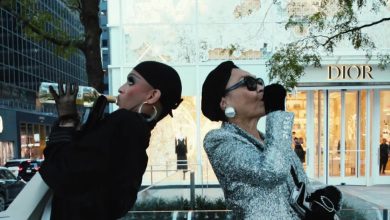Beth Linker Is Turning Good Posture on Its Head

For decades, the idea of standing properly upright carried considerable political and social baggage. Slouching was considered a sign of decay.
In the early 20th century, posture exams became mainstays in the military, the workplace and schools, thanks in part to the American Posture League, a group of physicians, educators and health officials that formed in 1914. In 1917, a study found that roughly 80 percent of Harvard’s freshman class had poor posture. Industrialists piled on with posture-enhancing chairs, products and gadgets.
But the actual science doesn’t support the conventional wisdom about proper posture, Beth Linker argues in her new book, “Slouch: Posture Panic in Modern America.” Dr. Linker, a historian and sociologist of science at the University of Pennsylvania, recently sat for an interview with The New York Times; the conversation has been condensed and edited for clarity.
Nice to meet you.
Your posture looks pretty good. And it doesn’t matter — that’s the whole point of my book. It’s fake news.
Our obsession with great posture is fake news? I’m off the hook!
Concern for posture, as a matter of etiquette, has been around since the Enlightenment, if not earlier, but poor posture did not become a scientific and medical obsession until after the publication of Darwin’s “On the Origin of Species” in 1859. He posited that humans evolved through natural selection, and that the first thing to develop was bipedalism; in other words, standing upright preceded brain development.
This idea was controversial because convention taught that higher intellect distinguished humans from nonhuman animals, and now it appeared that only a mere physical difference, located in the spine and feet, separated humankind from the apes.




